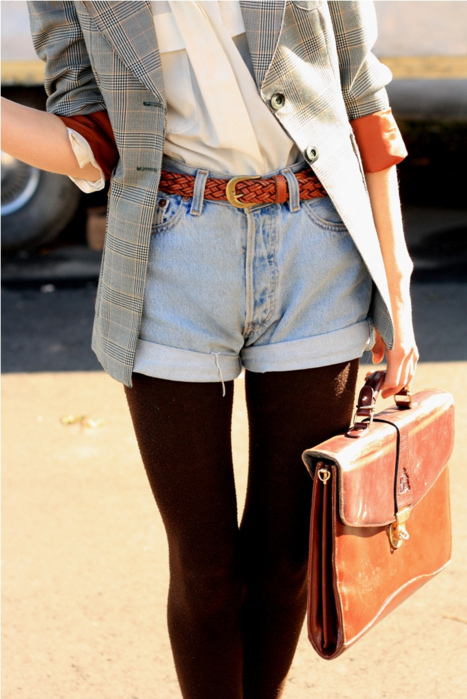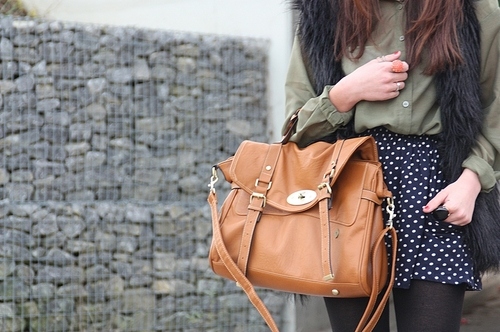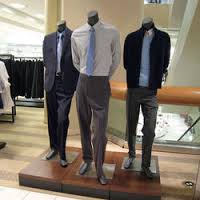Headless Fashion Photos: The Human Body as Mannequin

Image credit: Favim.com
While seeking inspiration for this post, I combed the internet for interesting fashion photos. I noticed an odd trend. Many of the photos showing off particular outfits cut the photo off at around shoulder height on the model, like this:

Image credit: Favim.com
Such photos emphasize the outfit over the model’s looks, which I guess is helpful for those who want to envision themselves wearing the outfit without feeling like they need to look like a model to wear it. But they’re also a little creepy. Their argument seems to be “your body is more important than your face,” which has unfortunate implications when one considers how much more personality is expressed in the movements of one’s face than in the shape of one’s body. (Yes, I’m still thinking a lot about body positivity.) The photos sell the outfit as making the buyer's body look good, changing something over which she has a little more control than the appearance of her face. In the process, however, they make the person in the photo look considerably less like a human being and more like a mannequin. In fact, many mannequins are headless, and some fashion photos show headless mannequins in all their glory – that is, with their headlessness fully exposed.

Image Credit: Indiamart.com
To make a human into a mannequin for the sake of selling clothing is pretty alarming, but it’s also a logical extension of the practice of using conventionally attractive human beings as moving displays of fashion. Anything that might be contained in the human being’s head or heart is irrelevant to the aim of conveying the product’s value. At its best, fashion can be an expression of personality, a way to affirm one’s self-image to the world. Yet the process of selling fashion rarely reaches for this best. Headless fashion photos are a particularly problematic example of this failure. They can’t possibly express the personality of the wearer, because they don't even show her face! While a headed model can express some of her personality through acting, the headless photos have none of this. They advertise what fashion can do for your body, not how it can express your personality.
One odd fact of note: some Pinterest users actually collect such photos, tagging them “headless” in addition to the series of other descriptors. I’d like to ask them why they want these photos in particular, because even after looking at a whole bunch for this article, I'm still creeped out by the headless fashion photos.



Comments
Scott Garbacz
Tue, 03/03/2015 - 17:32
Permalink
Book covers, too
Even creepier, for me, was the trend a couple years back of having book and video game covers that show women from the nose down. I'm not sure if it was going for sex appeal (one offender was Tomb Raider: Underworld) or a sort of mysteriousness (similar to the ubiquitous woman-turned-away-from-the-camera pose), but it was decidedly odd.
Thankfully, it seems to be a trend that passed.
Add new comment